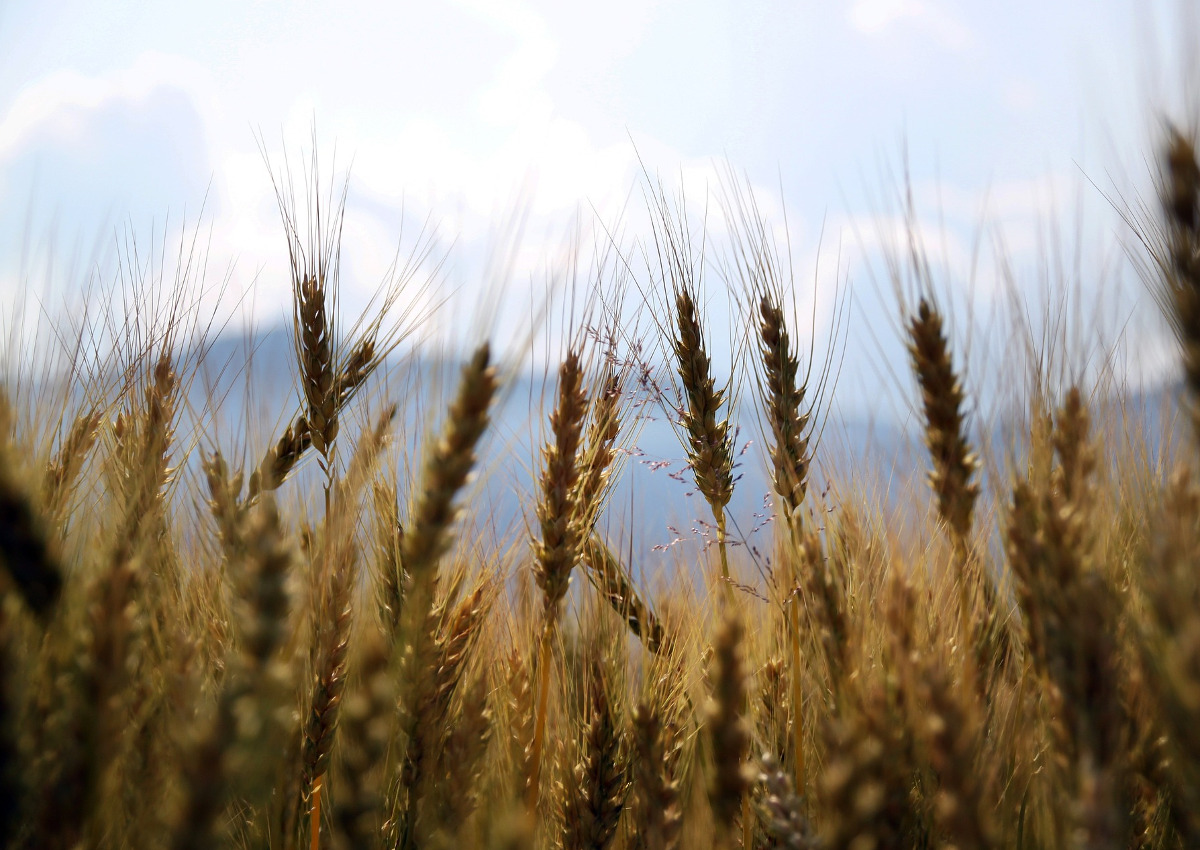The FAO (Food and Agriculture Organization) Food Price Index measures the monthly change in international prices of a basket of food products (basic ingredients and raw materials above all). According to the latest data released by the FAO, this index has reached its highest level since June 2011. In fact, in October 2021, the index averaged 133.2 points, up +3% from the previous month and +31.3% when compared to the October 2020 figure. The most recent month-over-month increase was driven primarily by continued tension in global commodity prices, starting with wheat and vegetable oils.
Discover the authentic Italian food and beverage products on the Italianfood.net platform
PRICES OF BASIC RAW MATERIALS RISE
In October the cereal price index reached an average of 137.1 points, with an upward trend both compared to September (+3.2%) and to 2020 (+22.4%). The increase is across the board for all types of cereals. Wheat prices are up for the fourth consecutive month (+5% in October compared to September), with a year-on-year trend of +38.8%, and reached the highest level since November 2012. According to the FAO, this is due to reduced availability on global markets, caused by reduced harvests in the main exporting countries (Canada, the Russian Federation, and the United States of America).
The FAO Food Price Index for dairy products reached an average of 120.7 points in October, up +2.2% compared to September and +15.5% to 2020. The rise in international quotations for butter, skim milk powder, and whole milk powder is supported by solid global import demand and buyer efforts to secure supplies and increase inventories.
Finally, the FAO sugar price index averaged 119.1 points in October, down -1.8% from September. This is the first sign of a decline after six months of steady increases. Sugarglobal prices are still over 40% of last October’s levels. Of greater concern, in this case, are the reduced production prospects in Brazil. The price trend of the last month is due to limited global import demand and the expectation of large export supplies from India and Thailand.
CONSUMER PRICES
Price increases are also due to factors that are not strictly related to the drop in production of food raw materials. Starting with fossil fuels. In the USA, the Biden administration’s policy of contrasting the use of fossil sources favors bioethanol and biodiesel, for the production of which cereals and other vegetable products are used. Even more relevant is the logistic issue, particularly maritime transport which, slowed down by events such as the blockage of the Suez Canal or the closure of the ports of Louisiana due to hurricanes, has resulted in an increase in the cost of transporting goods.
HelloFresh, a company engaged in providing meal kits, tracked the prices of basic ingredients used in the USA for the holidays, has developed a cookie price index which reveals the cost of a batch of traditional Christmas cookies in 60 cities in the USA and 30 countries around the world, considering current prices of recipe ingredients. “Food prices in America are on the rise,” says HelloFresh, “and the holiday season is set to be the most expensive yet”. Looking at the U.S. alone, the price of the batch ranges from a high of $12.40 in California (San Diego), to a low of $2.23 when baking in Charleston, South Carolina. Outside the USA, the most expensive cookies are those baked in Sweden ($12.83), and the cheapest are those from Ecuador ($3.50). In Italy, a batch of Christmas cookies costs $5.71 and is 4.03% lower than the median value.


